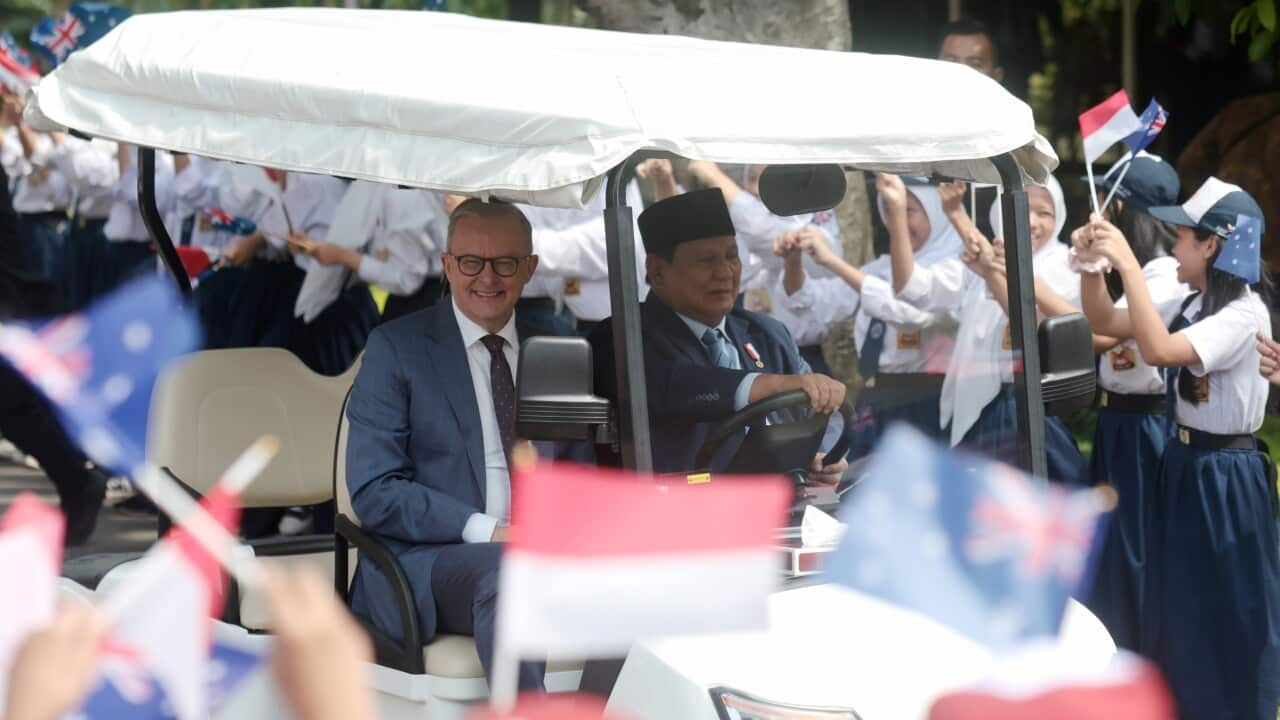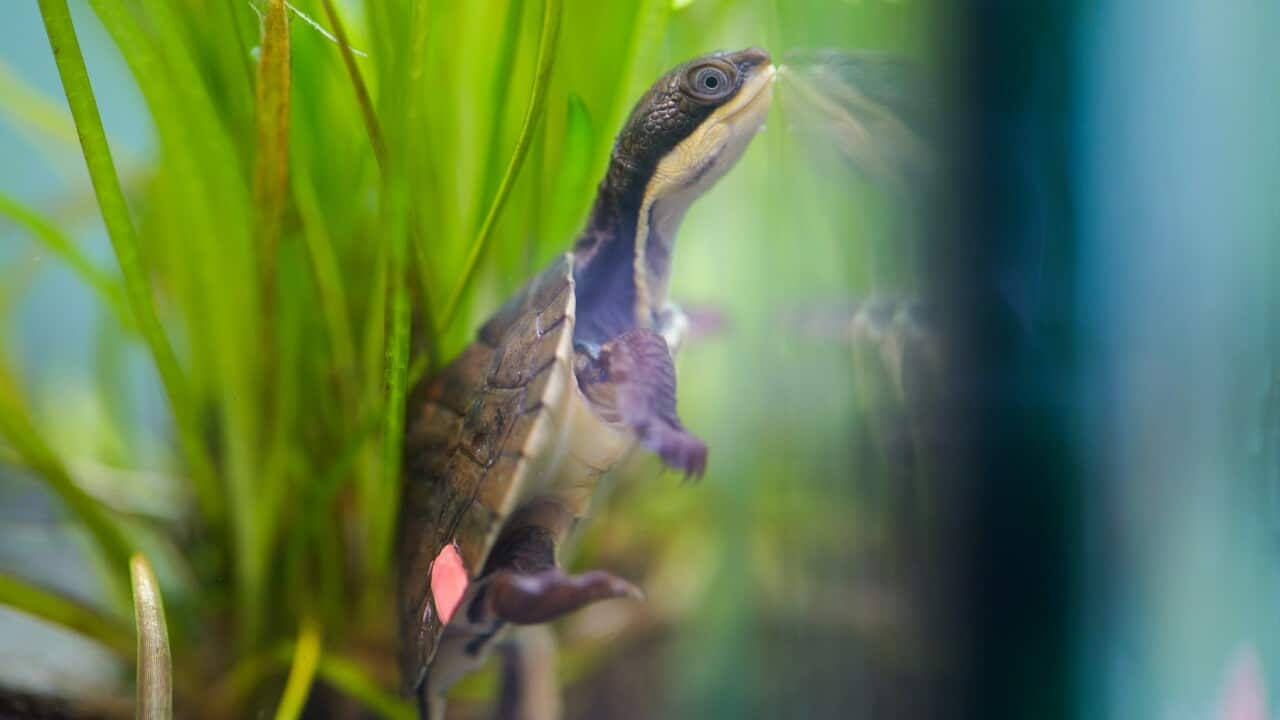Italian
“The latest chapter of NASA's journey to the moon comes to a close, Orion, back on earth.”
Dopo una spedizione di 25 giorni, la capsula di Orione ha colpito l’atmosfera terrestre domenica, ad una velocità 32 volte superiore a quella del suono.
Vanessa Wyche, direttrice del centro NASA ha detto che la squadra è pronta ad affrontare la fase successiva.
“We will put our astronauts on board, and so we're very much looking forward to that. And I just want to say again, congratulations to the entire team.”
Orione ha un equipaggio simulato composto di tre manichini, cablati con dei sensori, in modo da preparare un successivo volo con un vero equipaggio.
Emily Nelson è il capo direttore di volo della NASA.
“The spacecraft performed so well that we were able to start looking at Artemis II and thinking through how else can we push the boundaries on this flight. What else can we learn, where are there constraints that we can push on? Where are there opportunities for us to improve on our products for the next flight? And so for the last 25 and a half days, we've been, every day looking ahead to the next flight, to see how we can improve on where we are today, so we can fly a safe and successful mission with our astronauts next time around.”
La missione Orione è considerata una tappa importante per l’esplorazione dello spazio, avendo raggiunto la distanza di 450000 chilometri dalla Terra, più di ogni altro veicolo spaziale costruito per l’essere umano.
L’amministratore della NASA Bill Nelson ha detto che le recenti missioni sono sempre più caratterizzate da un convolgimento internazionale.
“Today, we go with not only international partners, but also commercial partners. And so, it is the beginning of the new beginning, and that is to explore the heavens.”
Questo significa che le missioni future includeranno l’agenzia di ricerca scientifica ed internazionale del Commonwealth di Canberra.
Peter Nagle fa parte di quest’agenzia.
“We've already started in our training and the actual upgrades of our antennae in Canberra to be able to support Artemis II, new systems going in, new antennae, new technologies.”
L’amministratore associato della NASA Jim Free ha detto che molti insegnamenti sono stati appresi finora.
“If there is changes. So that some of the work will be going through and then kind of get that final assessment on a date for Two. But we've always talked about two years between missions.”
Free ha detto che gli ingegneri della missione passeranno mesi a perlustrare i dati, e un volo con tanto di equipaggio attorno alla Luna potrà aver luogo già nel 2024.
English
“The latest chapter of NASA's journey to the moon comes to a close, Orion, back on earth.”
After a 25-day expedition, Orion's incoming capsule hit the atmosphere of Earth on Sunday at 32 times the speed of sound.
NASA Johnson Space Centre Director Vanessa Wyche says the team is now ready to take the next step.
“We will put our astronauts on board, and so we're very much looking forward to that. And I just want to say again, congratulations to the entire team.”
The Orion had a simulated crew of three mannequins, wired with sensors, so they could prepare for a crewed flight next time.
Emily Nelson is NASA's chief flight director.
“The spacecraft performed so well that we were able to start looking at Artemis II and thinking through how else can we push the boundaries on this flight. What else can we learn, where are there constraints that we can push on? Where are there opportunities for us to improve on our products for the next flight? And so for the last 25 and a half days, we've been, every day looking ahead to the next flight, to see how we can improve on where we are today, so we can fly a safe and successful mission with our astronauts next time around.”
The Orion mission is considered an important milestone for space exploration, reaching 450 000 kilometres from Earth, further than any previous spacecraft built for humans.
NASA administrator Bill Nelson says more recent missions typically have more international involvement.
“Today, we go with not only international partners, but also commercial partners. And so, it is the beginning of the new beginning, and that is to explore the heavens.”
That means future missions will include the Commonwealth Scientific and Industrial Research Organisation in Canberra.
Peter Nagle is from this agency.
“We've already started in our training and the actual upgrades of our antennae in Canberra to be able to support Artemis II, new systems going in, new antennae, new technologies.”
NASA's associate administrator Jim Free says a lot of lessons have been learned so far.
“If there is changes. So that some of the work will be going through and then kind of get that final assessment on a date for Two. But we've always talked about two years between missions.”
He says mission engineers will spend months combing through the data, and a crewed flight around the moon could happen as early as 2024.
Report by Stephanie Corsetti and Naveen Razik for SBS News.




